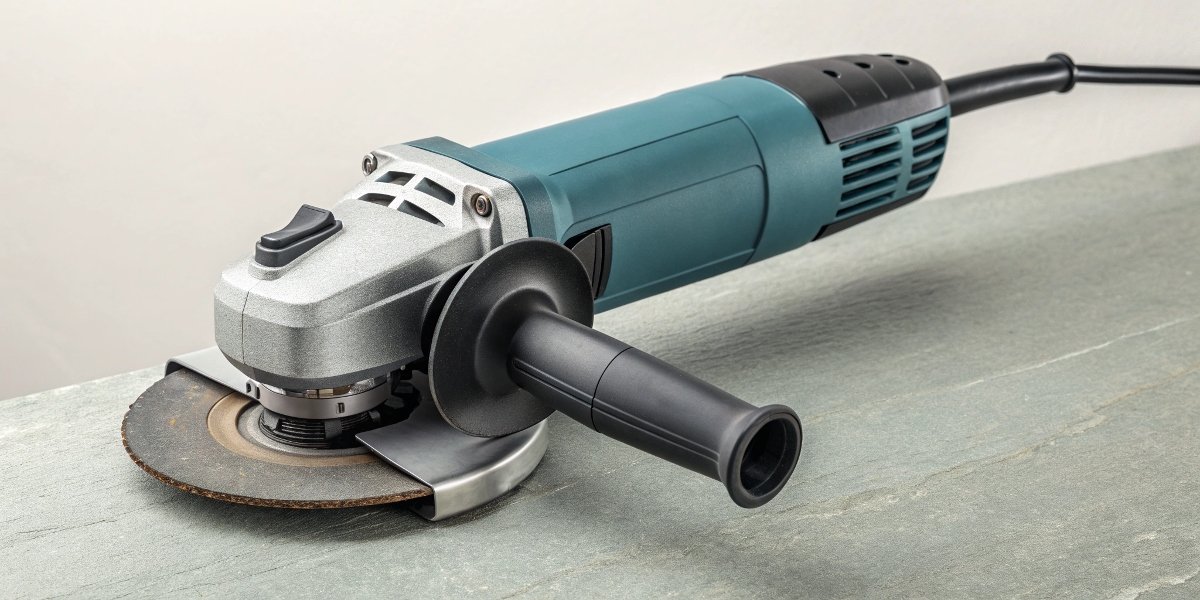
The market is flooded with options, and choosing the right angle grinder feels like an impossible task. Making the wrong choice wastes money on a tool that is either too weak or too powerful, hurting your team’s productivity and your bottom line.
There is no single "best" angle grinder, only the one that is most suitable for your specific job. [1, 2] The best choice balances power, size, safety features, and cost to perfectly match the materials you work with and the tasks you perform most often.

My insight comes directly from our factory floor and from conversations with our partners. We see how different industries need different levels of precision and power. A high-end aerospace fabricator requires grinders and discs with incredible precision for delicate work. On the other hand, a construction crew doing demolition doesn’t need that same level of finesse, but they do need raw power and durability. The "best" tool is never a single product. It’s a solution tailored to a problem. As a B2B supplier1, our goal is to help you find the most suitable, effective, and safest solution for your business.
What is the best angle grinder on the market?
You see ads from every brand, each claiming to have the "best performance." This makes it hard to decide, and you risk overspending on features you’ll never use or buying a tool that can’t handle the daily demands of your workshop.
The "best" grinder on the market is one from a reputable brand that has the right power and safety features for your work. Trusted brands like DeWalt, Makita, Bosch, and Metabo consistently deliver on quality, but the best model is the one whose specifications fit your needs. [4, 5]
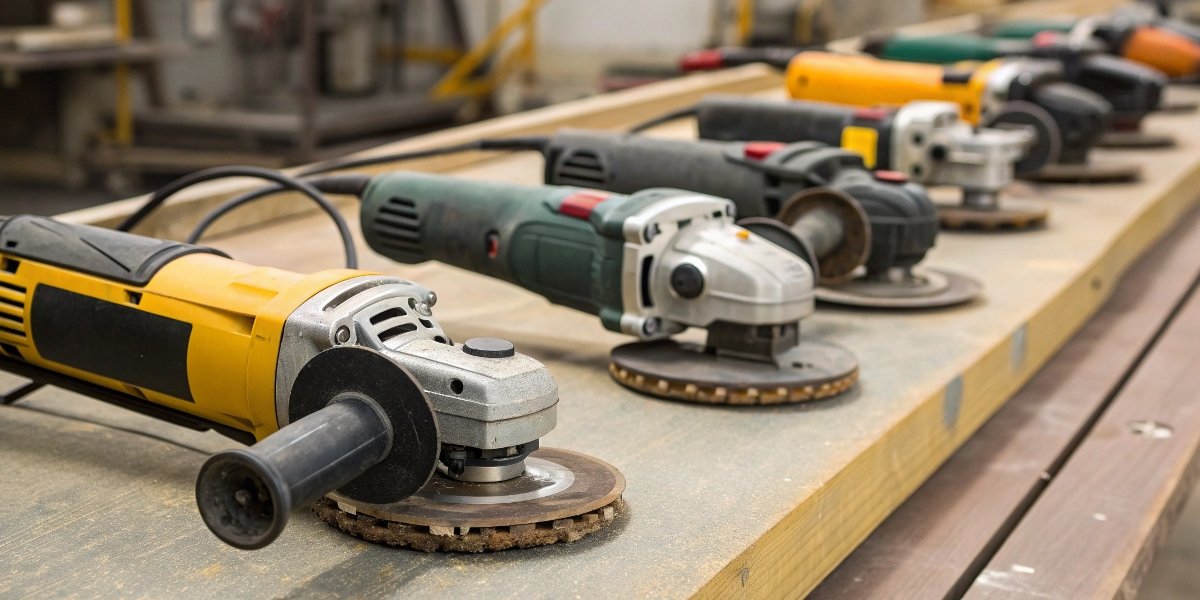
For a purchasing manager, looking past the marketing is key. You need to analyze the real-world value. First, consider brand reputation. Companies like Makita, Bosch, and DeWalt have earned their place because their tools are consistent, and they offer good service and parts availability. This is the same principle of trust we build into our own RL brand. Second, you must look at power, measured in amps or watts. A 7-amp grinder is for light-duty tasks. For continuous industrial use, you need to look at models in the 10 to 15-amp range. Then there are ergonomics2 and safety. Features like paddle switches3, anti-vibration handles, and good balance are not luxuries; they reduce operator fatigue and improve safety during long shifts. While cordless tools4 are improving, for a busy factory floor, the consistent power and lower long-term cost of corded grinders often make them the superior choice.
| Feature | Low-End / Light Use | High-End / Industrial Use | Key Consideration for Buyers |
|---|---|---|---|
| Power | 5-7 Amps | 10-15 Amps | Match power to material hardness and removal rate. |
| Switch Type | Lock-on Toggle | Paddle Switch | Paddle switches are generally safer as they stop when released. |
| Brand Tier | Consumer Brands | Professional Brands (Bosch, DeWalt, Makita) | Professional brands offer better durability and service. |
| Power Source | Cordless (Convenience) | Corded (Continuous Power) | Corded is often more reliable for fixed workstations. |
Which angle grinder should I buy?
You have a budget, but you’re stuck on which size to choose. Buying one that’s too small means you lack the power and depth for the job. Buying one that’s too big makes the tool clumsy, inefficient, and unsafe for smaller tasks.
You should buy a grinder based on the disc size your work requires. [8] A 4.5-inch or 5-inch (115mm or 125mm) model is the most versatile and popular choice for all-around cutting and grinding. [7, 8] Large 7-inch or 9-inch grinders are specialized tools for heavy-duty applications.
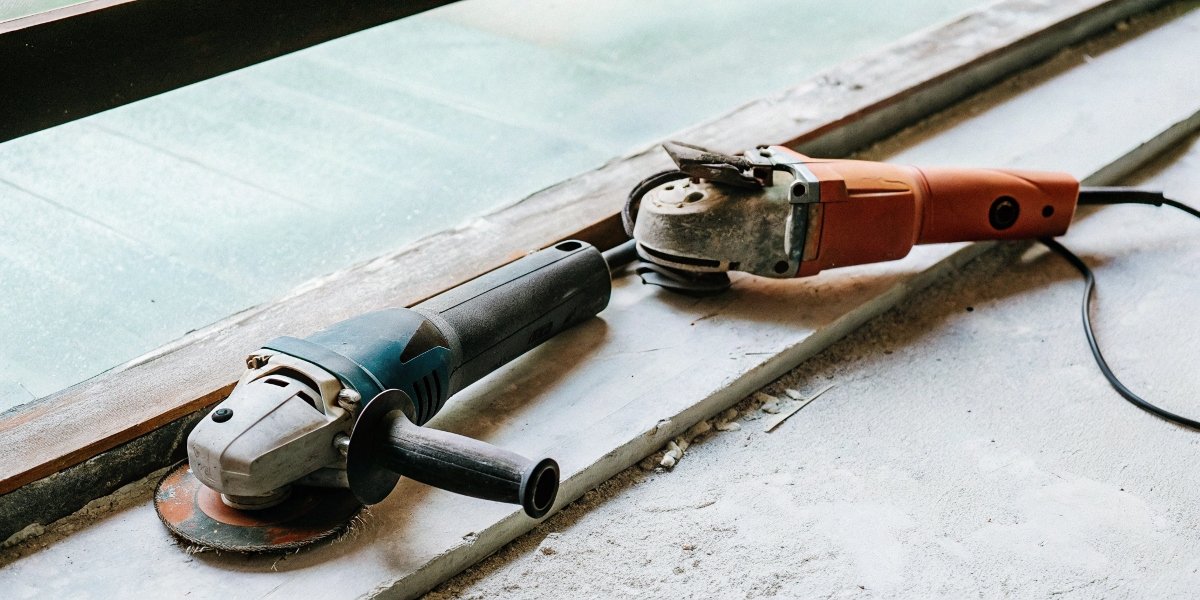
The "most suitable" grinder usually comes down to its size. The 4.5-inch grinder is the workhorse of the industry. I’ve walked through countless customer workshops, and the vast majority of grinders on their benches are this size. They are lightweight, easy for operators to control, and perfect for tasks like grinding welds, cutting rebar, chamfering edges, and surface preparation5. The huge variety of discs available for this size, like the ones our factory produces, makes them incredibly adaptable. The larger 7-inch and 9-inch grinders are specialists. You do not give these to every worker for every task. They are for specific jobs that demand deep cuts in thick steel or concrete. They require significant operator strength and skill to manage safely. A smart purchasing manager will stock their facility with many versatile 4.5-inch or 5-inch grinders, and only a few of the large grinders for trained specialists to use on heavy-duty projects.
Why are 9-inch grinders banned?
You want the massive cutting power of a 9-inch grinder, but the site supervisor says it’s not allowed. You might feel frustrated, thinking safety rules are slowing you down without a good reason. The reason is a serious and well-documented risk.
While not officially banned by all governments, 9-inch (230mm) grinders are prohibited by many companies and on most major construction sites. [9, 10] Their immense power and torque create a severe risk of kickback, which is a leading cause of horrific accidents. [9]

The decision to restrict these tools is based on simple, powerful physics. A large 9-inch disc spinning at 6,600 RPM generates incredible rotational energy. When that big disc bites into the material and jams, all of that energy is transferred back to the tool in an instant. This causes a violent kickback6 that can wrench the grinder from the operator’s grip and send it flying. The statistics on injuries from these events are grim, which has led safety bodies like the UK’s Health and Safety Executive (HSE) to issue alerts about their dangers. [9] As a B2B supplier, we fully support a safety-first approach. We manufacture our 9-inch discs to the highest possible safety standards, but we advise our partners to always consider safer alternatives first. For many jobs, a smaller 5-inch grinder or a different tool like a gas-powered cutoff saw provides a much safer way to get the work done.
What is one common mistake to avoid when using an angle grinder?
Even a veteran operator can develop dangerous habits over time. One small, repeated mistake can eventually lead to a shattered disc, a ruined workpiece, or a sudden, unexpected injury. You must fix the most common errors before they cause harm.
The single most common mistake is using a thin cutting disc (Type 1/Type 41) for side grinding. These discs are only designed for cutting on their edge and can explode if subjected to side pressure. [13, 14]
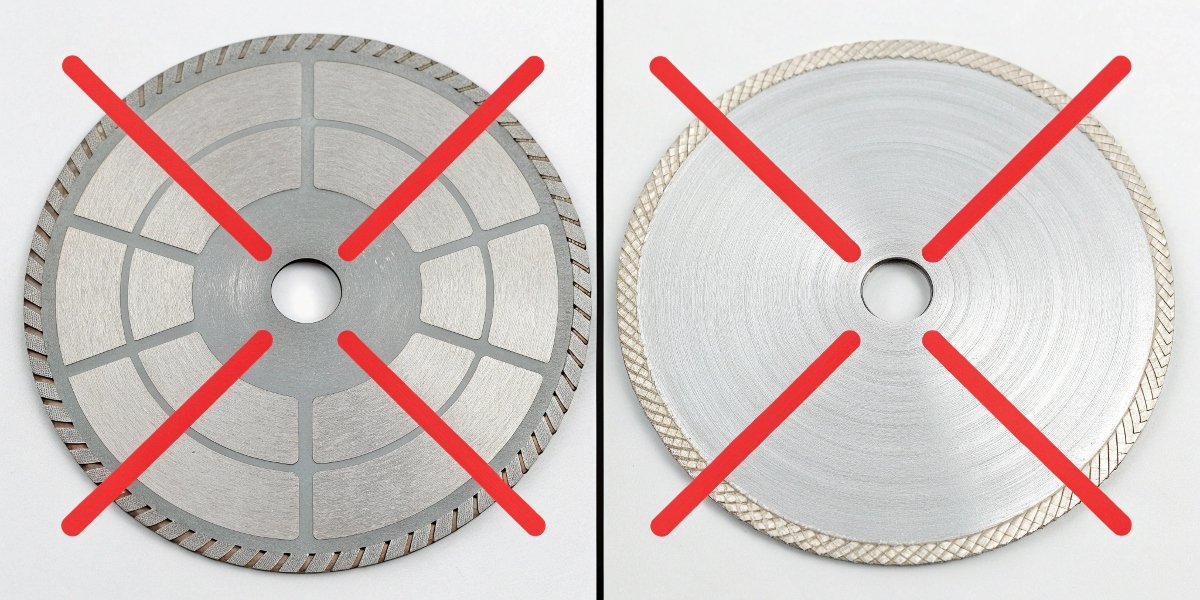
As a manufacturer, we engineer different discs for different stresses, and mistaking them is dangerous. You must understand the two main types. Type 1, also called Type 41, discs are the thin, flat wheels made for cutting. All of their strength and fiberglass reinforcement is designed to handle the forces on the outer edge. When you try to grind on the flat face of this disc, you apply a sideways force it was never built to handle. This can easily cause the disc to bend and shatter. For surface grinding, you must use a Type 27 disc7. These are much thicker and have a depressed center hub. They are built specifically to withstand the heat and pressure of grinding on their face. Using the correct disc is not a suggestion; it is a fundamental safety rule. We put this information on our products so our partners can train their teams to be safe and efficient.
| Disc Type | Visual Description | Correct Use | Critical Mistake to Avoid |
|---|---|---|---|
| Type 1 / 41 | Thin & Flat | Cutting on the edge | Grinding on the face of the disc |
| Type 27 / 28 | Thick & Depressed Center | Grinding on the face | Using its thin edge for deep cuts |
Conclusion
There isn’t one "best" angle grinder. The best tool is the one that is most suitable for your material, your application, and your commitment to safety. Choose wisely to maximize efficiency and protect your workers.
-
Gain insights into the B2B market for angle grinders and what suppliers should focus on. ↩
-
Learn how ergonomic designs can enhance comfort and reduce fatigue during use. ↩
-
Explore the safety benefits of paddle switches in angle grinder design. ↩
-
Discover the pros and cons of cordless angle grinders to make an informed decision. ↩
-
Explore options for angle grinders that excel in surface preparation tasks. ↩
-
Understanding kickback is vital for safety; this link explains its causes and prevention. ↩
-
This resource details the proper use of Type 27 discs for safe grinding. ↩
Written by
leeon
You may also be interested in:
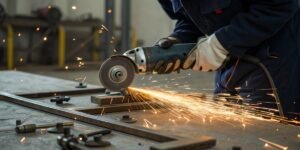
How do you cut bolts with an angle grinder?
Struggling to make a clean cut on a stubborn bolt? Using an angle grinder can feel intimidating, but it is a fast and effective method
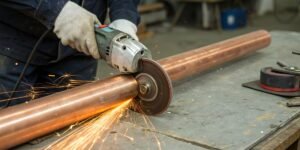
Can I use an angle grinder to cut a copper pipe?
Struggling with a quick copper pipe cut? Worried about damaging the material? An angle grinder is a fast solution, but using it wrong can be
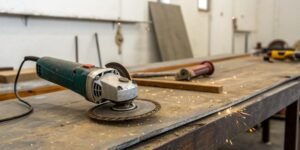
Can an angle grinder cut meat and bones?
Struggling to cut tough bones? Thinking of grabbing your angle grinder for a quick solution? This powerful tool seems like an easy answer, but it’s
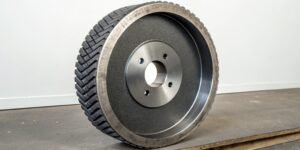
What's the application of CBN Wheels?
Struggling with grinding hard steels? Frequent wheel changes and poor finishes can hurt your bottom line. We have found that CBN wheels provide the durability
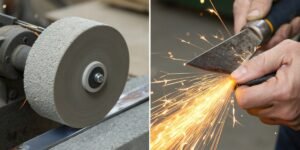
What is the difference between grinding and honing a blade?
A dull blade is a frustrating problem. It slows down production and ruins your workpiece. Using the wrong technique to fix it can cause permanent
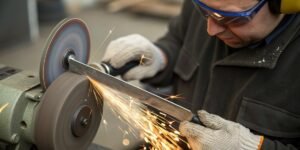
How to sharpen a knife on a bench grinder?
Is your dull knife slowing you down? A bench grinder seems like a quick fix, but you’re worried about ruining the blade. You need a
